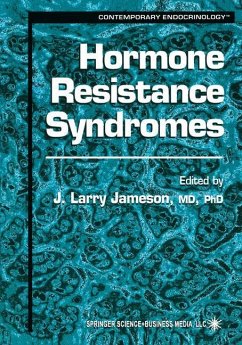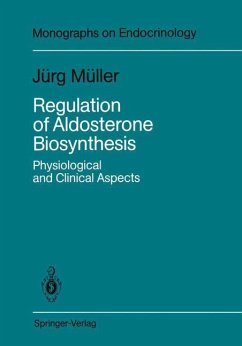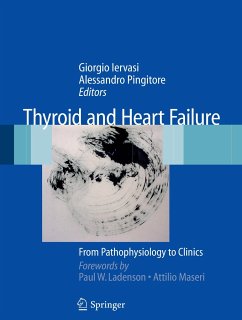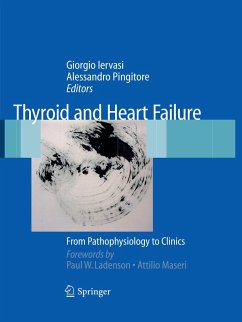
Hormone Resistance and Other Endocrine Paradoxes
Versandkostenfrei!
Versandfertig in 1-2 Wochen
39,99 €
inkl. MwSt.

PAYBACK Punkte
20 °P sammeln!
Endocrinology and Metabolism: Progress in Research and Clinical Prac tice is a new series that has been designed to present timely, critical reviews of constantly evolving fields; to provide practical and up-to-date guidance in the solution of pertinent clinical problems; to offer an alterna tive to the laborious search of the literature (and the often frustrating reading of highly technical articles); and to translate the language of the laboratory into that of the practice of medicine. We think that this volume and those to come will prove useful to physi cians (and to physicians in training...
Endocrinology and Metabolism: Progress in Research and Clinical Prac tice is a new series that has been designed to present timely, critical reviews of constantly evolving fields; to provide practical and up-to-date guidance in the solution of pertinent clinical problems; to offer an alterna tive to the laborious search of the literature (and the often frustrating reading of highly technical articles); and to translate the language of the laboratory into that of the practice of medicine. We think that this volume and those to come will prove useful to physi cians (and to physicians in training), as well as to investigators in a wide variety of specialties; in short, to anyone who seeks answers to questions in endocrinology and metabolism. The first chapter of this volume could well serve as a general introduc tion to the entire series. It points out how our growing understanding of the molecular basis of biologic communication has led to the discovery of a growing number of clinical syndromes, as well as to the realization that phenotypically similar diseases may have radically different pathogenetic mechanisms and thus may require radically different therapeutic strata gems.














